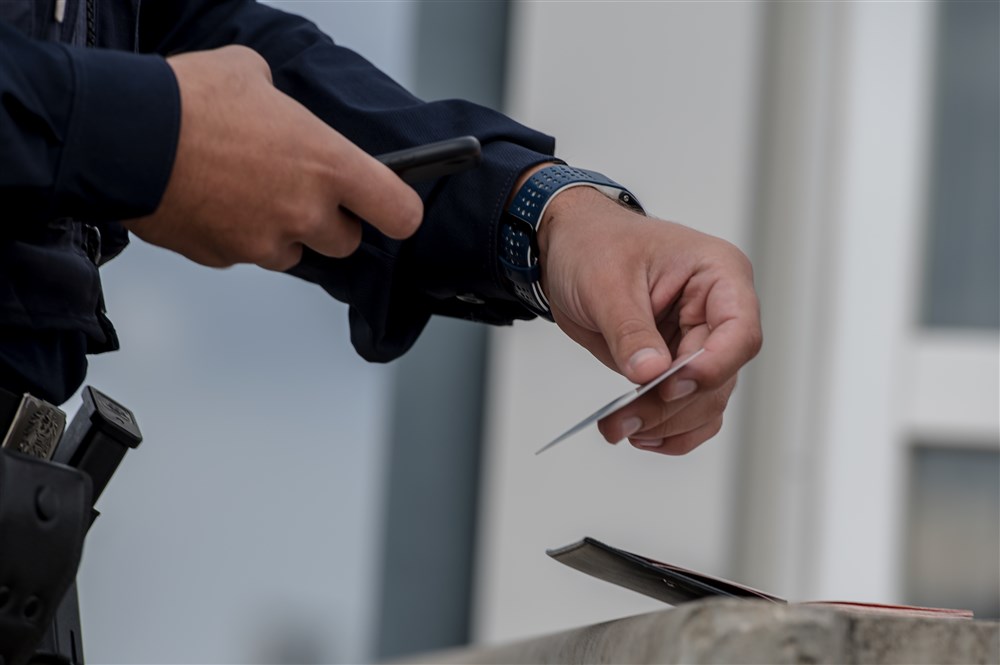The wine and beer industries successfully killed off the first European Commission attempt to slap warning labels on their products – back in 2007 – and the signs are they will use the same arguments this time around.
Wine and beer, unlike cigarettes, are perfectly safe – even, supposedly, beneficial – if consumed in moderation and therefore should not be treated like poison by Brussels, the industries argued 15 years ago.
Distinguishing alcohol from tobacco was the first step in a campaign which then stressed that 90 per cent of consumers have responsible habits i.e. the odd glass. Given this fact, shouldn’t the efforts of EC health authorities be aimed at the 10 per cent who over-consume?
The campaign, obviously backed by the wine lobby (France and Italy at its head) and the beer lobby (Belgium and the UK) worked; the Commission’s moralists were convinced to shelve plans which had also at one point included a clampdown on cross-border alcohol sales on grounds they represented a potential health scourge.
In Brussels, ideas don’t die; they merely slumber. Alcohol-labelling legislation is back on this year’s legislative agenda even if this time Ireland seems to have jumped the Commission’s lead. Dublin, which has already slapped minimum prices on some alcohol, no doubt to the fury of teenagers, wants to reduce alcohol abuse and related stress on healthcare by drawing a link in stark red labels to liver disease, cancer and other possible consequences of over-imbibing.
Alcohol touches upon some sensitive nerves; consumption and production are European traditions that in some cases go back thousands of years.
Italian Euro MPs, as Politico reports today, this week set up a makeshift bar in the European Parliament at the eye-opening hour of 9am as part of their campaign to see legislation is throttled in its cradle. The bar offered wine, both alcoholic and non-alcoholic, to MEPs who were on their way to vote. “I am interested in gathering support to form a common front here in the European Parliament, we have to cling on anything possible to defeat the measure. It will wound Italian tradition,” Italian lawmaker Alessandra Mussolini is quoted as saying.
A one-size-fits-all approach to alcohol labelling is for the above reasons unlikely to work, so EU legislation might simply allow Member states to go their merry ways. But even this approach will face resistance from those who argue that warnings on labels violates common market rules on the free circulation of goods, as the Irish Government has already discovered.
Alcohol is in any case already prevented from circulating freely within the common market. You can in theory cross a border and purchase booze for your own consumption, but definitions of “own consumption” are arbitrary. Belgians, for example, who cross into France to take advantage of considerably cheaper plonk prices better be aware of the unofficial limits that apply: 90 litres or 120 75cl bottles. Anymore than this and the motorway police can slap you with a fine on suspicion that you’re trying to circumvent excise duty. Similar rules, incidentally, apply to water (as your correspondent’s neighbours were shocked to discover).





Brussels: nest of spies